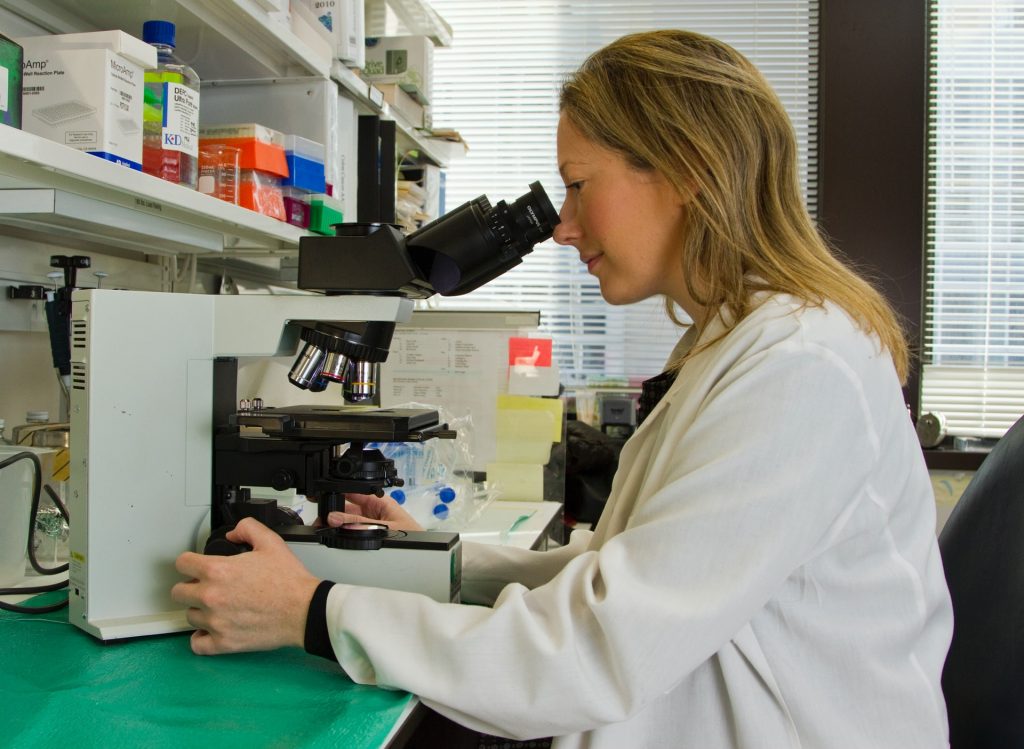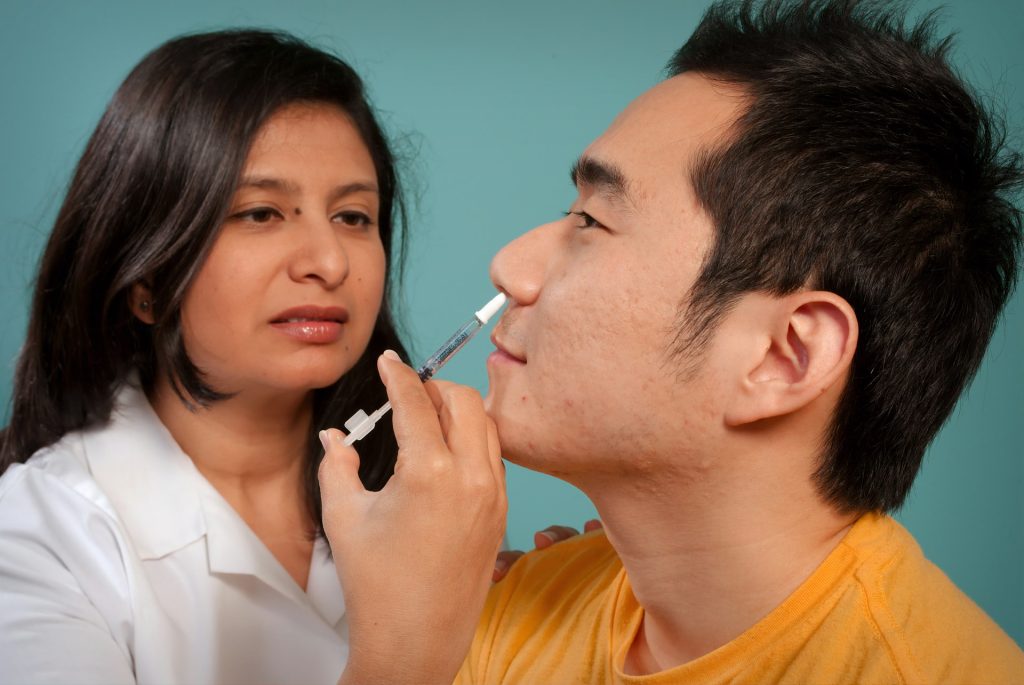Trial of New HIV Vaccine Ended Early due to Ineffectiveness

The investigational HIV ‘Mosaico’ vaccine regimen was safe but did not provide protection against HIV acquisition, an independent data and safety monitoring board (DSMB) has determined. Based on the DSMB’s recommendation, the study will be discontinued. This follows the failure of the similar ‘Imbokodo’ vaccine in sub-Saharan Africa.
The HPX3002/HVTN 706, or ‘Mosaico’ Phase 3 clinical trial began in 2019 and involved 3900 volunteers in Europe, North America and South America. The participants were men who have sex with men (MSM) or transgender people.
The Janssen-developed vaccine was based on ‘mosaic’ immunogens, which are vaccine components featuring elements of multiple HIV subtypes, in order to induce immune responses against a wide variety of global HIV strains. The investigational vaccine regimen consisted of four injections over a year of Ad26.Mos4.HIV, with the mosaic immunogens delivered by a common-cold virus (adenovirus serotype 26, or Ad26). The final two vaccinations were accompanied by a bivalent (two-component) HIV envelope protein formulation, combining clade C gp140 and mosaic gp140 envelope proteins, adjuvanted by aluminium phosphate to boost immune responses. All study vaccinations were completed in October 2022.
In early studies, this vaccine combination induced strong antibody and T-cell responses and protected monkeys exposed to SIV, the simian cousin of HIV. The vaccines however failed to stimulate production of broadly neutralising antibodies (bNAbs) that disable multiple HIV variants, according to aidsmap. In that study, the vaccine conferred a 25.2% effectiveness in protection, but not the 50% necessary for an effective vaccine.
In its scheduled data review, the DSMB determined there were no safety issues with the experimental vaccine regimen. However, the number of HIV infections were equivalent between the vaccine and placebo arms of the study. During the clinical trial, all participants were offered comprehensive HIV prevention tools, including pre-exposure prophylaxis, or PrEP. Study staff ensured that participants who acquired HIV during the trial were promptly referred for medical care and treatment. Participants are being notified of the findings, and further analyses of the study data are planned.
The Mosaico findings track with developments in the Phase 2b ‘Imbokodo’ (HPX2008/HVTN 705) clinical trial, which was testing a similar HIV vaccine regimen in young women in sub-Saharan Africa. A DSMB determined in 2021 that the experimental vaccine regimen in that study was also safe but ineffective in protecting against HIV acquisition.
Source: NIH/National Institute of Allergy and Infectious Diseases






